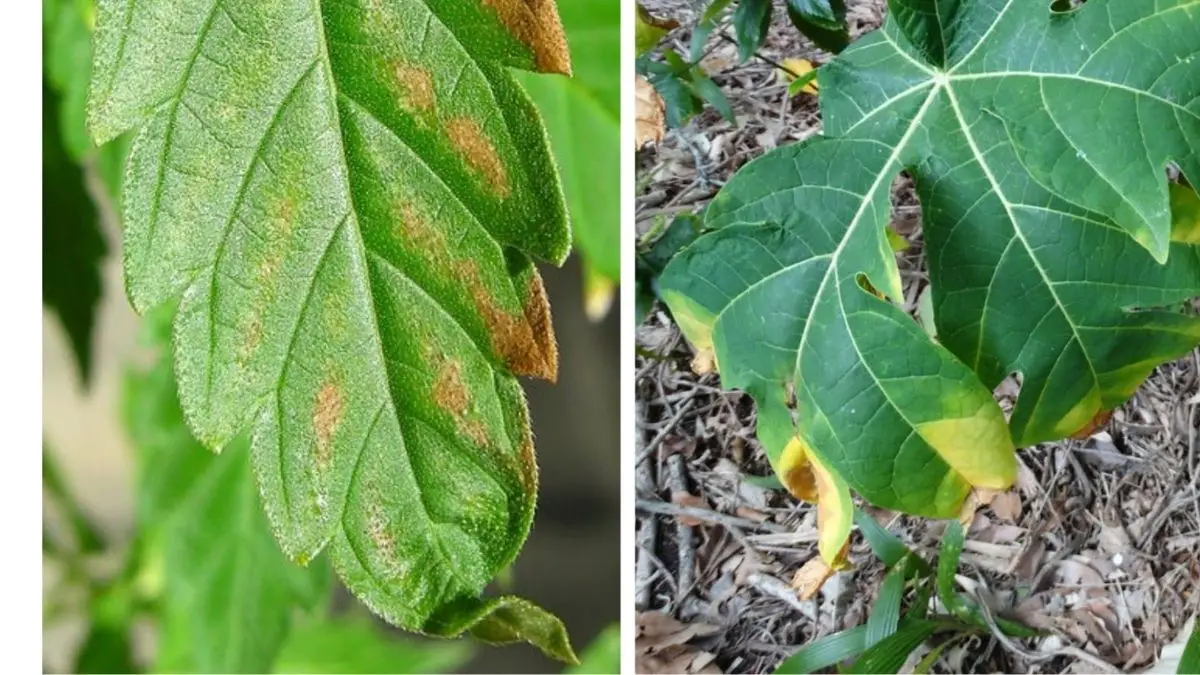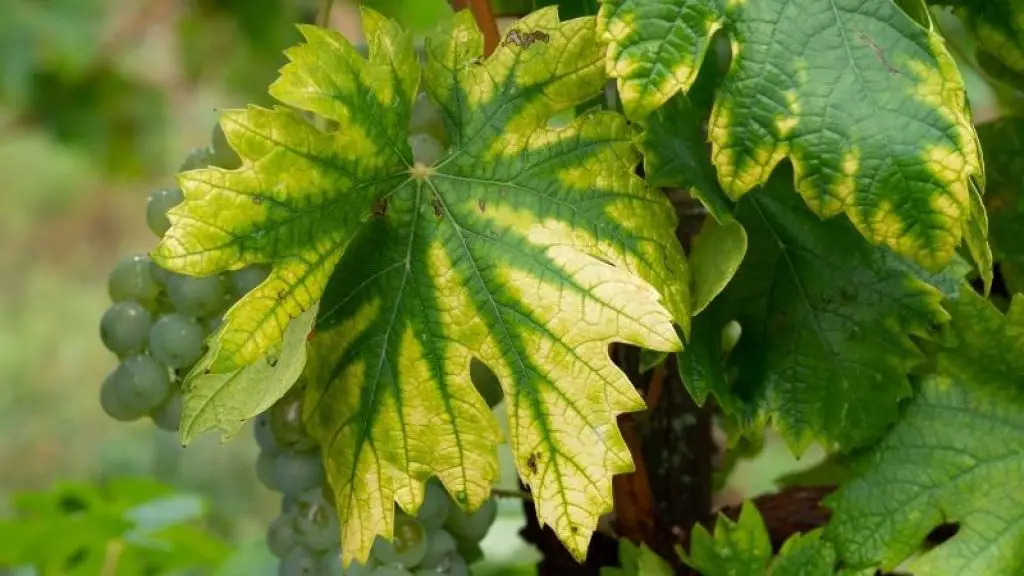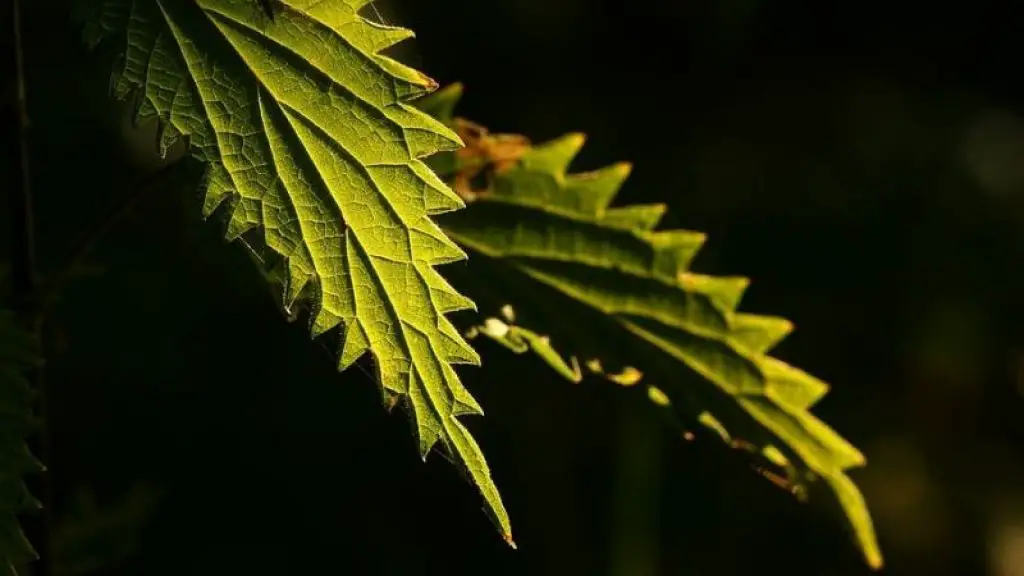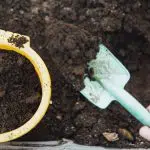What is Nute Burn? Why it Happens and How You Can Fix it?

Have you been observing your plants’ leaves turning yellow from the edges lately? Do you wonder why this happens? Well then stop wondering because we have listened to your demand and created this thorough article to answer your questions related to this tip yellowing. It is due to Nute Burn most of the time. Nute Burn or Nutrient Burn is a problem that is faced by thousands of gardeners and farmers around the globe. It is one of the biggest fears of Cannabis plant growers. It has been known to stunt plant growth and make the appearance appalling.
But not every yellow tip means we are facing nutrient burn. To clear all your confusion and get answers related to Nutrient burn, Stay with us till the end!
What is a Nute Burn?
Nute burn or nutrient burn is the damage caused due to over-fertilization. The term “Nute Burn” is common among cannabis growers who deal with this condition frequently. Why? because the cannabis plant requires proper nutrients and environment to grow which sometimes results in over-fertilization.
You must have heard that excess of everything is bad. The same goes for fertilization. Plants can’t say no to “nutritions.” So, when you add too many fertilizers to plants, they do “over-feeding” which leads to Nute Burn.
Some other reasons are also reported to cause a nutrient burn. These are:
- Regular use of growth stimulants, and
- Using bloom boosters.
Damages caused by Nute Burn:
Nutrition burns cause damages to various plants parts. If left unchecked, Plants could die as well.
Leaves
The most significant impact a nutrition burn can cause is on leaves. Due to over-fertilization, plants cannot uptake water properly, thus leaves also starts to dry out and turns yellow. Some areas of leaves become brown and scorched due to this. As a result, such leaves cannot do photosynthesis. Photosynthesis is necessary for healthy and fruitful plants. If photosynthesis is disrupted, plants will become weak and of no use.
Roots
Roots are key for water uptake. Without water, no living organism can survive. Nutrition Burn damages roots which disrupt their water uptake function.
Stems
Due to over-feeding of nutrients, stems also become darker in color. It attracts several insects which harm the plant.
Nute Burn in flowering parts
Nutrition burn mainly impacts the leaves. However, flowers can also face the consequences of nutrient burn. When the affected leaf is closer to a flower, we also remove that flower to be on the safer side for plant protection.
How do You Know Plants are facing Nutrition Burn?
Plants need different types of nutrition for development. These are nitrogen, phosphorus, Potassium, and other micro-nutrients like magnesium, zinc, boron, etc. Plants face different types of Nute burn depending upon that particular nutrient overdose. Commonly, nitrogen overdose occurs in plants. We can detect nitrogen overdose by observing leaves. If leaves restarted to curl inwards, then it is the symptom of nitrogen burn.
Early Symptoms of Nutrition Burn
Plants give off early signs of Nute Burn. These are:
- Leaves become dark green.
- Leaves tips bend inward.
- Tips of the leaves become yellowish or brownish.
Late signs:
- Leaves started twisting due to an overdose of nutrients.
- A big portion of leaf turn brown or yellow.
Note: Regularly check tips and edges of the leaves for nute burn signs. When plants take excessive nutrients, its in-build mechanism tries to take the extra nutrients as far as possible. As tips of the leaves are the farthest points in the plants, they start becoming yellowish and start bending as well. Moreover, the water uptake is also affected which causes yellowing as well.
How Long does Nute Burn take to Show the Symptoms?
On average, within 24 hours of overdose, Plant leaves stars showing symptoms of over-fertilization. However, for some plants, these can show within 12 hours and sometimes may also take few days. It all depends upon how much fertilizer overdose you have added and what type of plants you are growing. Plants like Brussel sprouts, roses, etc need more nutrients than others. Thus, they can resist mineral overdose longer than herbs.
You must be wondering can Nute Burn kill your plant. No, it is unlikely Nute burn will kill your plants. In the initial stage, it affects some portion of leaves Then, If left unchecked, it can affect the whole leaf which leads to its death. It can kill few leaves, but it is unlikely the whole plant will die. But this leaf death is enough to ruin a cannabis plant.
However, it is still possible for plants to die of nutrition burn. Plant leaves are like solar panels, utilizing solar radiation to produce energy. Leaves perform the photosynthesis process, which produces glucose as food. When all the leaves are dead, plants will no longer perform photosynthesis. Similarly, roots are also damaged by nutrition burn. So, if the burn gets extreme, plants may die as well.
Should I Cut Off Nute Burn Leaves?
Yes, you should cut off Nute Burn leaves as they are of no use now. Such leaves do not get their lives back. Some studies show that plants spend their energy trying to revive it but all in vain. So, to protect the plant’s vital energy and aesthetic look, cut off such leaves.
Nute Burn in Weed
Nute burn is common in Cannabis plants. It causes the tips of weeds to turn yellow or brown. You have to do something to mitigate the nutrient overdose in the soil.
However, any treatment won’t bring your already yellowed leaf back to life. But still, if you don’t do anything when tips showed symptoms, then the yellow portion will spread and the leaf will turn crispy and eventually die.
Nute Burn vs Deficiency
Some people also mistook potassium deficiency with the nutrient burn. They both are opposite in nature but exhibits almost the same symptoms. One is the shortage of nutrients while the other is the excess. However, you can still spot what is your plant’s problem by doing the following:
1) Know which leaves are getting affected. Potassium deficiency symptoms generally occur in the older leaves first.
2) The tip yellowing due to deficiency is not as uniform due to Potassium deficiency as in the case of Nute Burn

- Plants suffering from light stress show a different pattern than nitrogen deficiency. Leaves yellowing starts from the top and then goes to the bottom in the light stress while the reverse happens in the nutrient deficiency.
Nute burn Vs Light Stress:
Many people confuse light stress with the Nutrient burn. Just like the Nutrient burn, the light stress symptom is yellow leaf tips. But how do you differentiate whether the damage to leaves is due to Nute burn or light stress?
Well, do the following things.
- You always know your surroundings. See whether your plants are over-exposed to lights or not. If yes, then the chances of light stress are high.
- Do a soil test for confirmation. A soil test will tell you how many nutrients are present in the soil. If the result shows that there are way too many nutrients, then it is clear that the damage is due to nutrition burn.
- Observe what behavior your plant is exhibiting. The leaves fall naturally if the cause is nutrient burn. However, Leaves remain crispy in light stress and you have to pluck them with your hands. This is still a less reliable method than the above two.

How can Nute Burn be Resolved?
Nutrient burn is treatable if you detect it early. Do the following activities as a treatment:
Flush the extra nutrients from the soil
You have to get rid of extra nutrients in the soil to protect plants from the burn. Without doing this, any other remedy won’t work. For this, we use a hydroponic setup. In this, we continuously add and drain balanced pH water for 24 hours. So, there is the answer to your question, “how long to flush after Nute Burn?”
If you have grown plants in the ground and not in pots, then you apply heavy irrigation with balanced pH water.
Know your Plant Requirements
Different plants and trees require different nutrient levels for growth. Cabbage, Brussel sprouts, roses, pear, apple, grapes, etc. require more nutrition than herb plants. Apply the fertilizer according to the plant’s needs.
Moreover, do a soil test at least once a year. This will give you the idea of which nutrient is present in excess and which nutrient is lacking. If any nutrient is in excess, then don’t add too much of that nutrient to the soil.
Go Organic: Use Compost for Better Soil
Although Inorganic fertilizers are necessary, however, it also affects soil health when added in a larger amount. Contrarily, organic fertilizers are not harmful to plant soil. Inorganic fertilizers release nutrients at a quick pace which can lead to overdose. On the other hand, organic fertilizers release nutrients at a slow pace. So, chances of overdose are minimum.
In an organic compost, you can “recycle” many waste materials like kitchen scraps, seafood shells, dead leaves, and twigs. Thus, less waste will go to landfills and you will be contributing to the betterment of the environment as well. This luxury is not available in inorganic fertilizers.
Check Lights
If you have indoor plants, then you must keep checking the plant’s light exposure. If plants are under constant light, then they require more nutrition as they will remain busy making food. Plants exposed to less period of light need fewer fertilizers. So, keep a check on them as far as light exposure is concerned.
Can Fox Farm Ocean Forest Cause Nute Burn?
Fox farm ocean forest is a powerful mixture of forest products, hummus, crab meal, sea-going fish, and sphagnum peat moss. It is an excellent source of nitrogen. It is available in online stores like Amazon and local markets in the developed countries.
As Fox farm ocean forest is rich in Nitrogen, it can also cause Nute Burn if you add it in larger quantity or add inorganic fertilizer with it. That is why experts recommend not to add any fertilizer containing Nitrogen when you add fox farm ocean forest in the soil.
Conclusion
All-inclusive, over-fertilization of plants has consequences. People think if we add more fertilizer, it will give more yield. That is true to some extent but after a line, you start facing consequences of overfertilization. The plant’s leaves start turning yellow from the tips first. Then, it can spread to the whole leaf and eventually making that leaf unusable. Nute burn term is famous in cannabis plant growers as cannabis plant is sensitive and frequently face such conditions. You can fix Nute burn if you spot it earlier. However, if you don’t, then it becomes untreatable and plant leaves cannot come back to life. So, you have to be careful dealing with plant problems.
We suggest you not to over-feed plants and stay alert when you see any problem in them. If you have any other questions, then ask them in the comment section immediately. Moreover, keep visiting us so that you don’t miss all the latest and authentic news about plants!
FAQs
How To Spot And Resolve Nutrient Burn?
We have discussed different ways to spot Nute burn in this article. If your leaves start turning yellow from the tip, then chances are you are facing nutrient burn., However, this tip yellowing can also be due to light stress, and nutrient deficiency. (So, how to be sure about Nutrient burn? For this, check the answer to the next question.)
To resolve this, give flood irrigation to your plants with balanced pH water. This will flush away extra nutrients.
How do I know my Plant is Suffering from Nute Burn?
To be sure, do a soil test by measuring the pH of the soil and nutrient percentage in it. Moreover, know your plant’s surroundings as well. If they are not over-exposed to lights and you have added fertilizer lately, then the chances of nutrient burn are higher.
What is Overfeeding and How I Fix it
Over-feeding means adding fertilizers and water to plants more than their needs. If you over-feed a plant, it will grow larger and greener. However, a point will come when this over-feeding will start hurting them. This hurting starts from the tips of the leaves and then spreads to the whole leaf. Moreover, roots also face damage and they won’t uptake them. If these unnecessary nutrients are not removed, then this will prove to be very detrimental to the plant.
You can fix this issue by flood irrigating the plant soil with balanced pH water. Moreover, be careful about any future fertilization. Try to include organic compost along with mineral fertilizers to bring a balance. Do these things and you won’t face this problem again.
Related Topics:









